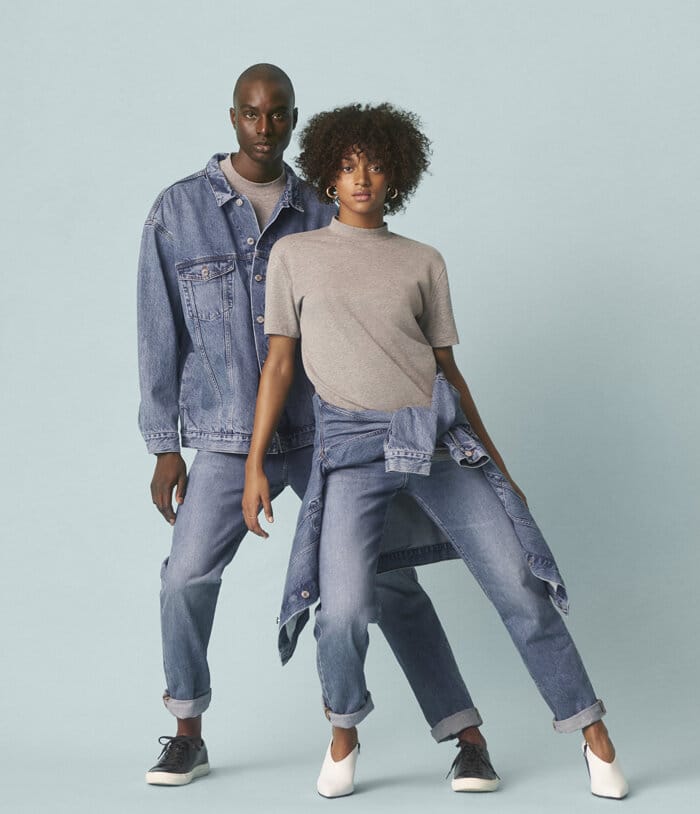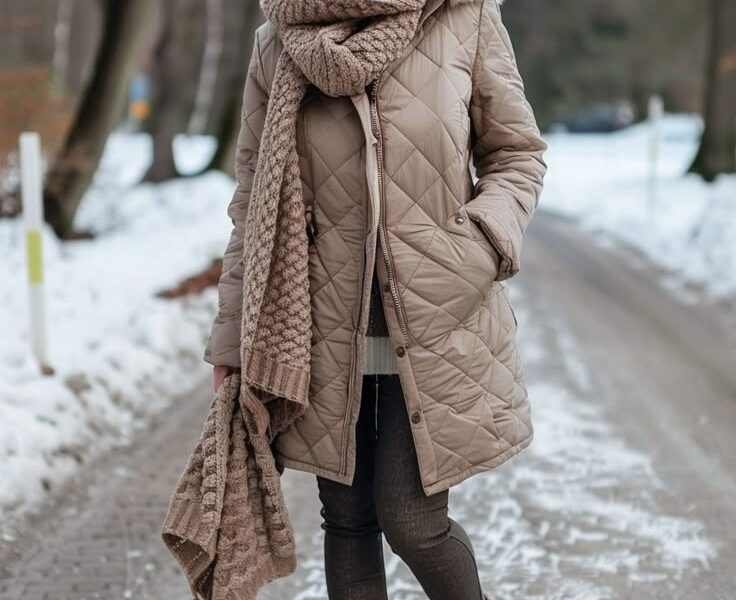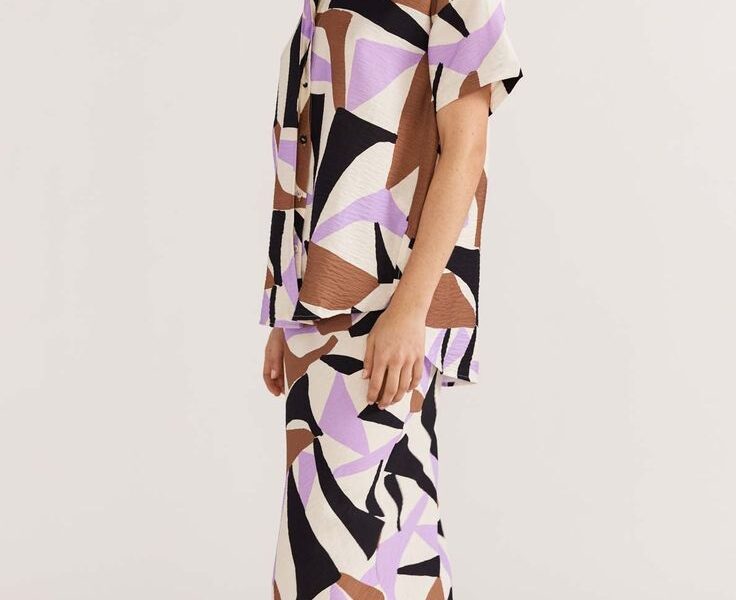Fashion in 2025 is increasingly about breaking boundaries and embracing inclusivity. One of the most significant shifts has been the rise of gender-neutral and inclusive styles. Traditional fashion was long categorized into “men’s” and “women’s” sections, but today, designers, retailers, and consumers are challenging that binary. Instead, clothing is seen as a form of self-expression that should not be limited by gender, size, or ability.
This shift has been fueled by cultural changes, especially among younger generations who value authenticity and inclusivity. Many consumers no longer see the need to conform to outdated gender norms, and brands have responded by creating collections that focus on universal fits, versatile silhouettes, and neutral aesthetics. These collections often feature oversized cuts, fluid fabrics, and designs that prioritize comfort and individuality over strict gender categorization.
Inclusivity also goes beyond gender. It’s about ensuring fashion is accessible to everyone, regardless of body shape, ability, or background. This has given rise to adaptive fashion for people with disabilities, extended sizing, and customizable clothing options. By doing so, the industry is acknowledging that beauty and style are not confined to narrow standards but exist across diverse human experiences.
From high-end luxury houses to everyday retailers, the push toward inclusivity is transforming how fashion is marketed and consumed. Campaigns now highlight diverse models of all genders, sizes, and abilities, sending a powerful message that fashion is for everyone. In many ways, gender-neutral and inclusive fashion is not just a trend—it’s a movement redefining the industry’s future. By breaking down barriers, it allows individuals to embrace clothing that reflects who they are, not what society tells them to be.
Unisex Clothing Lines
Unisex clothing lines have become a cornerstone of modern fashion, reshaping how consumers shop and how brands design. Unlike traditional clothing that is marketed specifically as “men’s” or “women’s,” unisex lines are built on the idea that style has no gender. These collections are designed to be versatile, functional, and expressive for anyone, regardless of gender identity.
One of the main appeals of unisex clothing is its emphasis on comfort and practicality. Pieces such as oversized shirts, relaxed trousers, hoodies, and sneakers are designed with neutral fits that flatter a wide range of body types. Fabrics tend to be soft, durable, and flexible, making them accessible for daily wear. The color palettes often include neutral shades like black, white, beige, and grey, but brands are also experimenting with bold tones and prints to show that unisex doesn’t have to mean plain.
Unisex clothing is also culturally significant. It represents a rejection of rigid gender stereotypes and a celebration of individuality. For many people, it provides the freedom to choose clothing based on personal style rather than conforming to a label. This resonates especially with Gen Z and younger consumers who prefer authenticity and inclusivity from the brands they support.
Big retailers and independent designers alike are embracing this shift. Major brands have launched dedicated unisex collections, while smaller labels have built their entire identity around gender neutrality. In addition, celebrities and influencers often wear unisex fashion on red carpets and social media, further normalizing the trend.
By blurring the lines between men’s and women’s wear, unisex clothing is transforming fashion into a space where creativity, comfort, and individuality take precedence over tradition. It’s not just a passing phase—it’s a future-focused approach to style that promotes equality and freedom of expression.
Size Inclusivity and Adaptive Fashion
Size inclusivity and adaptive fashion are redefining what it means to be truly inclusive in the fashion world. For years, mainstream fashion catered to a narrow definition of beauty, often excluding plus-size individuals or people with disabilities. In 2025, this has changed dramatically, with more brands recognizing the importance of designing clothing that fits and empowers everyone.
Size inclusivity means offering extended sizing that accommodates all body shapes, from petite to plus-size. Instead of simply scaling up or down existing designs, brands are now focusing on fit, proportion, and comfort to ensure every size looks stylish and flattering. Plus-size fashion has moved beyond being a separate niche—it’s now integrated into mainstream collections, giving consumers more choices and better representation.
Adaptive fashion, on the other hand, is about accessibility for people with disabilities or medical needs. This includes clothing with magnetic closures instead of buttons, adjustable hems, wheelchair-friendly fits, and fabrics designed for sensory sensitivity. Such innovations make dressing easier, more comfortable, and more empowering for individuals who were long overlooked by the fashion industry.
The impact of these movements is far-reaching. Consumers now expect inclusivity as a standard, not a luxury. Fashion shows feature diverse models of all sizes, ages, and abilities, challenging outdated beauty norms. Retailers that fail to adopt inclusive practices risk being left behind in an era where diversity is celebrated.
By embracing size inclusivity and adaptive design, fashion is moving toward a more humane and customer-centered future. This shift is not only ethical but also practical, opening up new markets and creating deeper emotional connections with consumers. Ultimately, it proves that style knows no limits and that fashion is truly for everyone.


